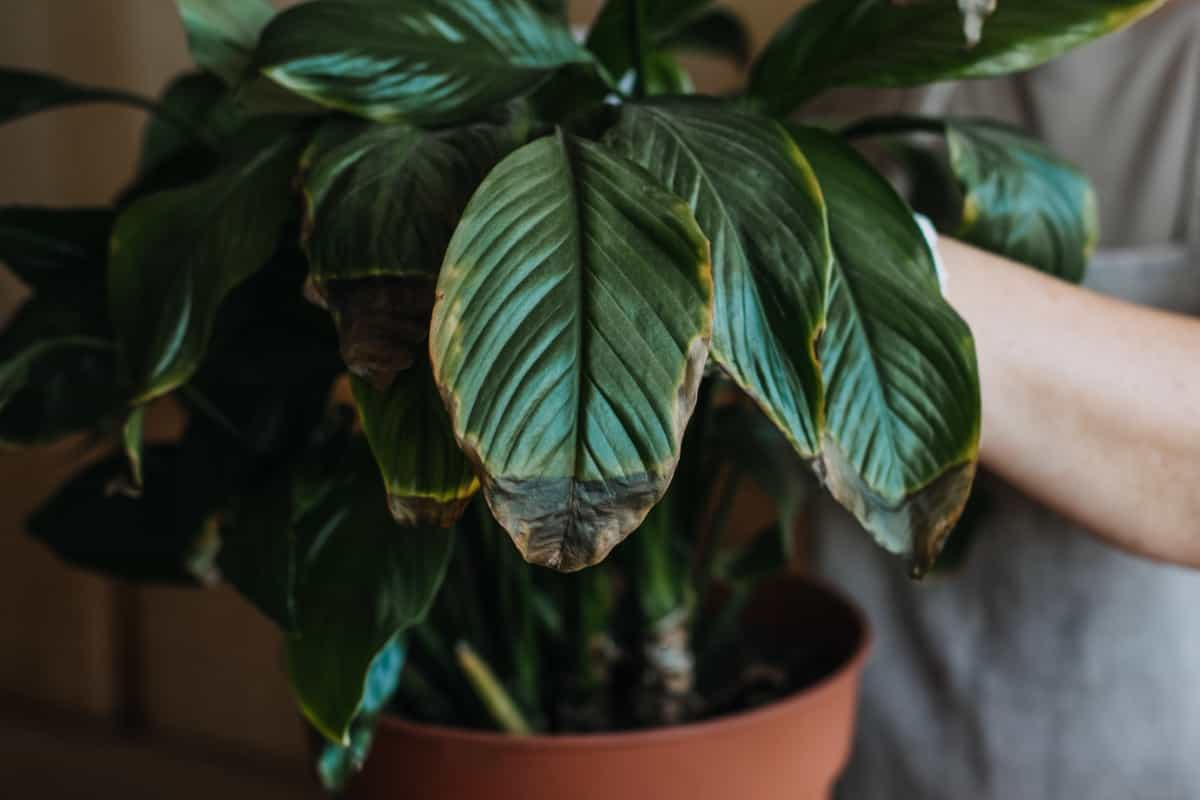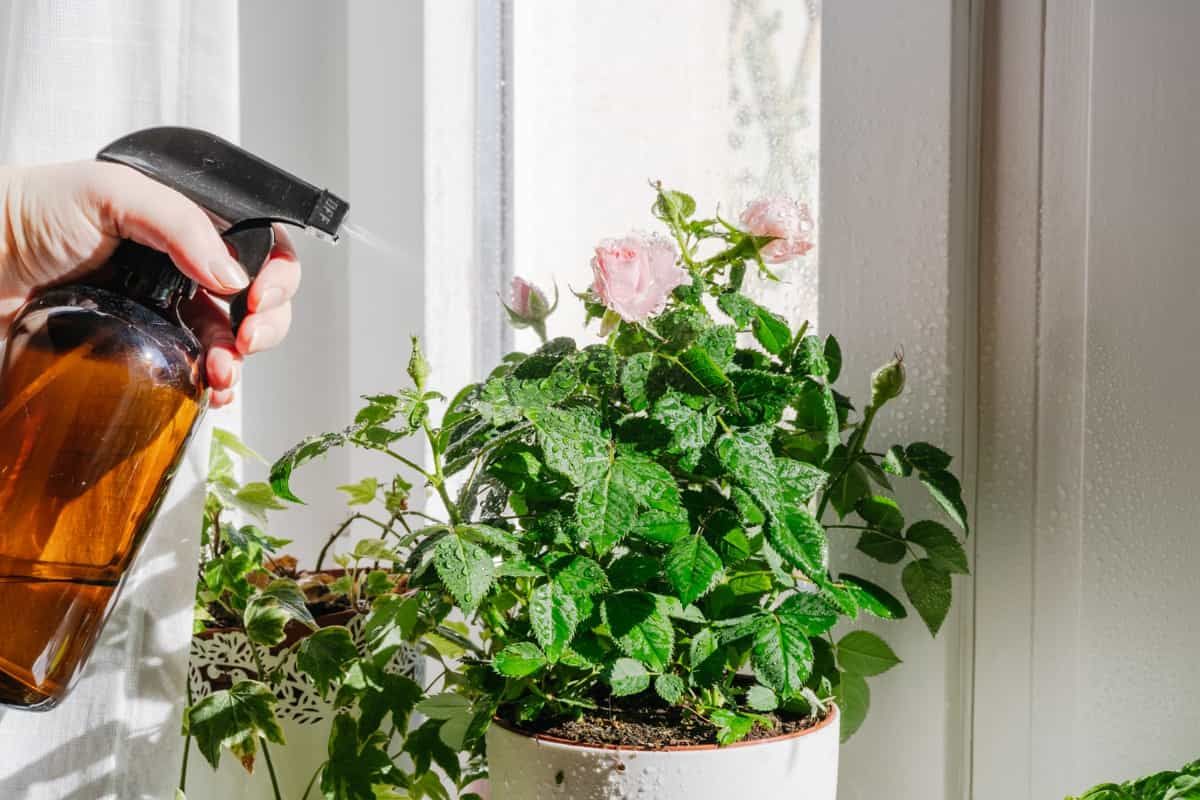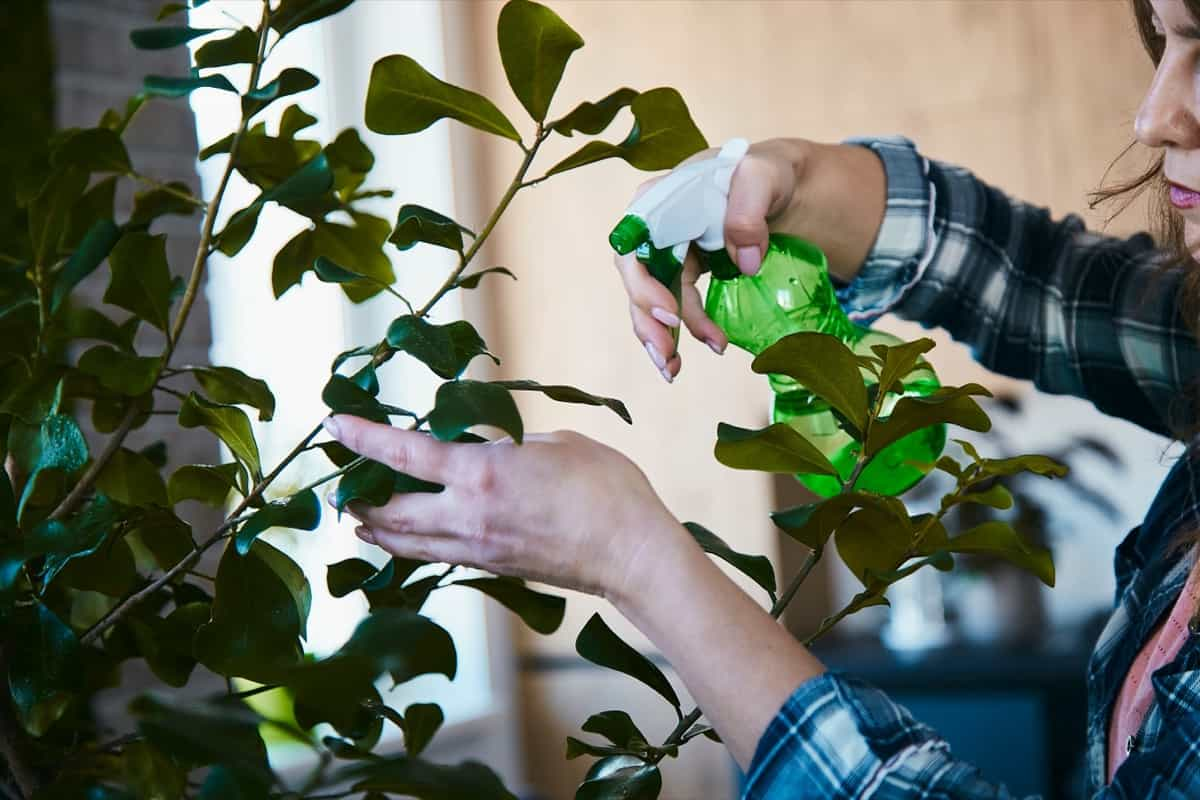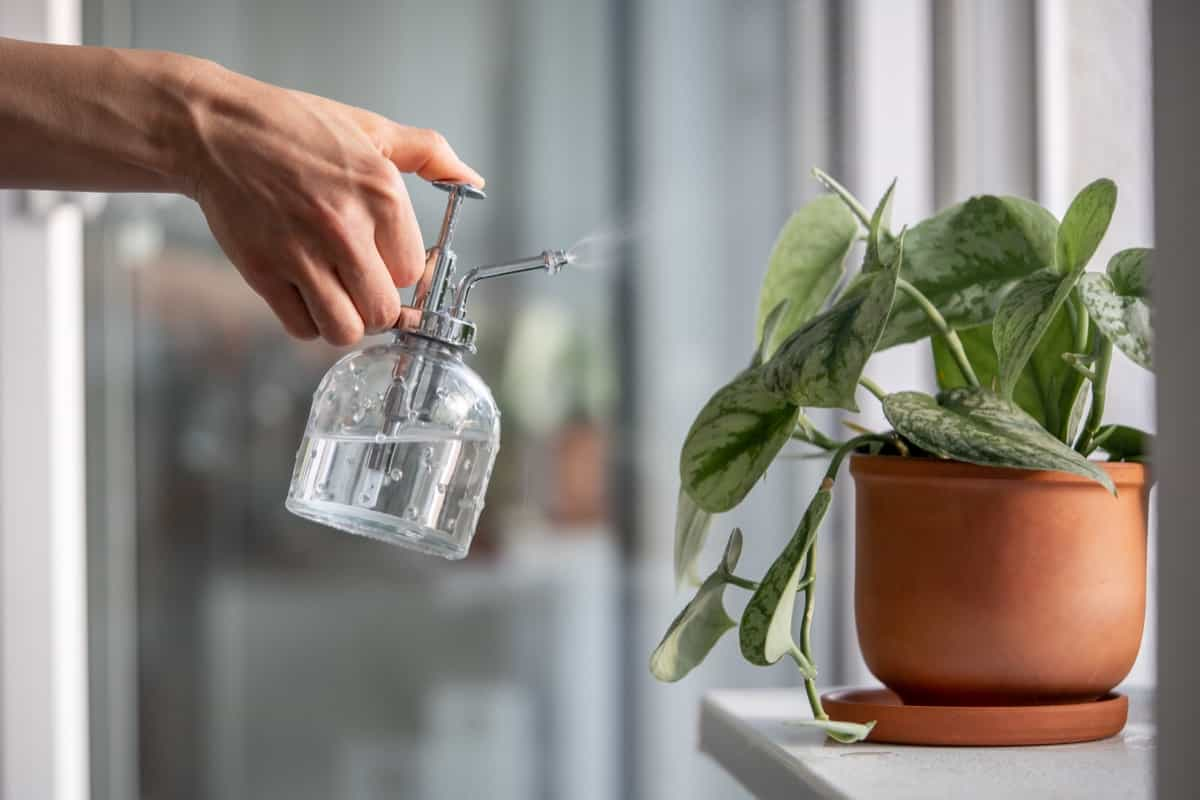Fungal diseases significantly threaten indoor gardens, affecting plants’ health and overall yield. These diseases thrive in warm, humid environments, making controlled indoor settings susceptible. Common fungal culprits include powdery mildew, botrytis, and damping-off. To effectively manage these issues, it’s crucial to comprehend the life cycle and conditions favoring fungal growth.

Maintaining optimal humidity levels, proper air circulation, and avoiding overwatering are key preventive measures. Additionally, selecting disease-resistant plant varieties and practicing strict hygiene can contribute to a healthier indoor gardening environment.
Management of Fungal Diseases in Indoor Gardens
How to Identify Fungal Pathogens in Indoor Gardens
Early detection is paramount for successful fungal disease management. Regularly inspecting plants for symptoms such as discolored or distorted leaves, powdery residue, or unusual spots is essential. Utilizing a magnifying glass can aid in spotting microscopic signs of infection. Paying attention to changes in plant behavior, such as stunted growth or wilting, can also indicate fungal issues.
Quick and accurate identification allows targeted treatment, minimizing the impact on the entire indoor garden. Implementing these identification strategies empowers growers to take proactive measures, preventing the escalation of fungal diseases in their indoor gardens.
Early Detection and Diagnosis in Managing Fungal Diseases in Indoor Gardens
Early detection and diagnosis are pivotal in effectively managing fungal diseases in indoor gardens. Swift identification of symptoms such as leaf discoloration, powdery residues, or abnormal growth allows growers to intervene promptly. Regular inspections, aided by tools like magnifying glasses, enable the recognition of subtle signs, facilitating targeted treatments.
Proactive measures, triggered by early detection, help prevent the rapid spread of fungal pathogens, preserving the overall health and productivity of the indoor garden. Timely intervention minimizes the need for extensive treatments and enhances the success of natural and organic control methods.
Proper Sanitation Practices to Prevent Fungal Infections in Indoor Gardens
Implementing proper sanitation practices is imperative for preventing fungal infections in indoor gardens. Regularly clean and disinfect gardening tools, containers, and surfaces to eliminate potential sources of contamination. Dispose of infected plant material promptly to prevent the spread of fungal spores. Maintain a well-ventilated environment and avoid overcrowding plants to reduce humidity levels.
In case you missed it: How to Use Neem Oil on Money Plant: Natural Ways to Get Rid of Bugs from Money Plants

Also, practice a strict hands-free policy to minimize the introduction of pathogens. By adhering to these sanitation measures, growers create a hygienic and sterile environment for fungal diseases, significantly reducing the risk of infections in their indoor gardens.
Enhancing Air Circulation and Ventilation to Reduce Fungal Growth in Indoor Gardens
Improving air circulation and ventilation reduces fungal growth in indoor gardens. Ensure proper spacing between plants to prevent humidity buildup, a favorable condition for fungal development. Use fans strategically to promote air movement, discouraging stagnant, moist environments where fungi thrive.
Adequate ventilation helps disperse airborne spores and regulates temperature, creating an inhospitable atmosphere for fungal proliferation. By enhancing air circulation, growers can effectively mitigate the risk of fungal infections in their indoor gardens, promoting a healthier and more resilient plant environment.
Maintaining Optimal Humidity Levels to Discourage Fungal Diseases in Indoor Gardens
Maintaining optimal humidity levels is essential to discourage fungal diseases in indoor gardens. Fungi thrive in high-humidity environments, making regulation crucial for prevention. Keep humidity levels between 40-60% to create a sterile condition for fungal growth. To control moisture levels, use dehumidifiers if necessary, especially in enclosed spaces.
Consistent monitoring and humidity adjustment contribute significantly to creating an unfavorable habitat for fungal pathogens, safeguarding plants’ overall health and vitality in indoor gardens. By prioritizing humidity management, growers can proactively diminish the risk of fungal infections and promote a thriving indoor gardening environment.
Choosing Best Resistant Plant Varieties for Indoor Gardening
Selecting resistant plant varieties is paramount for successful indoor gardening. Opt for species known for their natural resilience to common fungal diseases prevalent in indoor environments. Research and choose plant varieties with documented resistance to specific pathogens, such as powdery mildew or damping-off. Disease-resistant cultivars minimize the risk of infections and alleviate the need for extensive treatments.
In case you missed it: Management of Fungal Diseases in Balcony Gardens: How to Control and Prevent with Natural and Organic Treatment

This proactive approach ensures a more robust and thriving indoor garden, as the selected plants possess inherent mechanisms to withstand and repel potential fungal threats. Careful consideration of resistant varieties is foundational in creating a resilient indoor gardening environment.
Best Natural and Organic Fungicides for Disease Control in Indoor Gardens
Opt for natural and organic fungicides to effectively control diseases in indoor gardens. Neem oil, derived from neem tree seeds, acts as a broad-spectrum fungicide, disrupting fungal growth. Copper-based fungicides, like copper soap or copper sulfate, are effective against various fungi. Bacillus subtilis-based products are biological fungicides that combat diseases while promoting plant health.
Additionally, baking soda and water can help prevent and manage powdery mildew. These eco-friendly options provide robust disease control in indoor gardens, aligning with organic principles and minimizing environmental impact. Regular application enhances their efficacy for sustainable and natural disease management.
Promoting Healthy Plant Growth through Proper Nutrition and Watering
Promoting healthy plant growth in indoor gardens requires proper nutrition and watering. Ensure a balanced and organic fertilizer regimen tailored to the specific needs of each plant. Regularly assess soil moisture and water consistently, avoiding both overwatering and underwatering. Implement a well-draining soil mix to prevent waterlogged conditions.
Adequate nutrients and moisture enhance plant resilience, reducing susceptibility to fungal diseases. By maintaining optimal conditions, growers foster a robust plant immune system and overall vitality, contributing to a thriving indoor garden. Attention to nutrition and watering practices is fundamental for sustainable and flourishing plant growth.
Regularly Inspections for Signs of Fungal Infections in Indoor Gardens
Regular inspections are paramount for detecting signs of fungal infections in indoor gardens. Routinely examine plant leaves, stems, and soil for symptoms such as discoloration, unusual spots, or powdery residue. Employ magnifying tools for a detailed assessment, catching subtle signs of infection.
In case you missed it: Management of Fungal Diseases in Potatoes: How to Control and Prevent with Natural and Organic Treatment

Vigilant observation allows for early identification, enabling swift intervention and minimizing the spread of fungal pathogens. Timely removal of infected plant material and implementation of appropriate treatments are more effective when issues are detected early. Consistent monitoring ensures a proactive approach to disease management, promoting plants’ overall health and longevity in indoor gardens.
Conclusion
In conclusion, effective management of fungal diseases in indoor gardens requires a holistic approach. Integrating natural and organic fungicides, practicing proper sanitation, and enhancing ventilation contribute to a resilient indoor gardening environment. By prioritizing prevention and employing eco-friendly treatments, growers can foster thriving, disease-resistant plants, ensuring the long-term success of their indoor gardens.
- Beneficial Insects in Pest Management
- Natural Solutions for Pest Control in Flower Gardens
- Types of Fungicides Used in Agriculture
- Common Issues in the Fruit Development Stage of Pomegranate Farming
- Fruit Development Issues in Papaya: Easy Solutions and Treatment
- Soil-Borne Diseases and How to Protect Your Plants
- Practices to Prevent Disease Spread in the Garden
- From Wilted to Thriving: How to Treat Root Rot Naturally in Houseplants
- Natural Remedies to Cure Brown Spots on Fig Tree Leaves